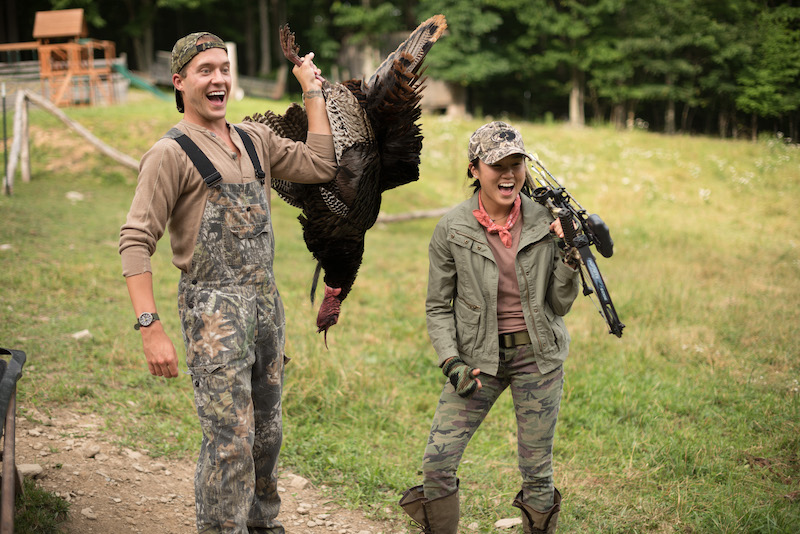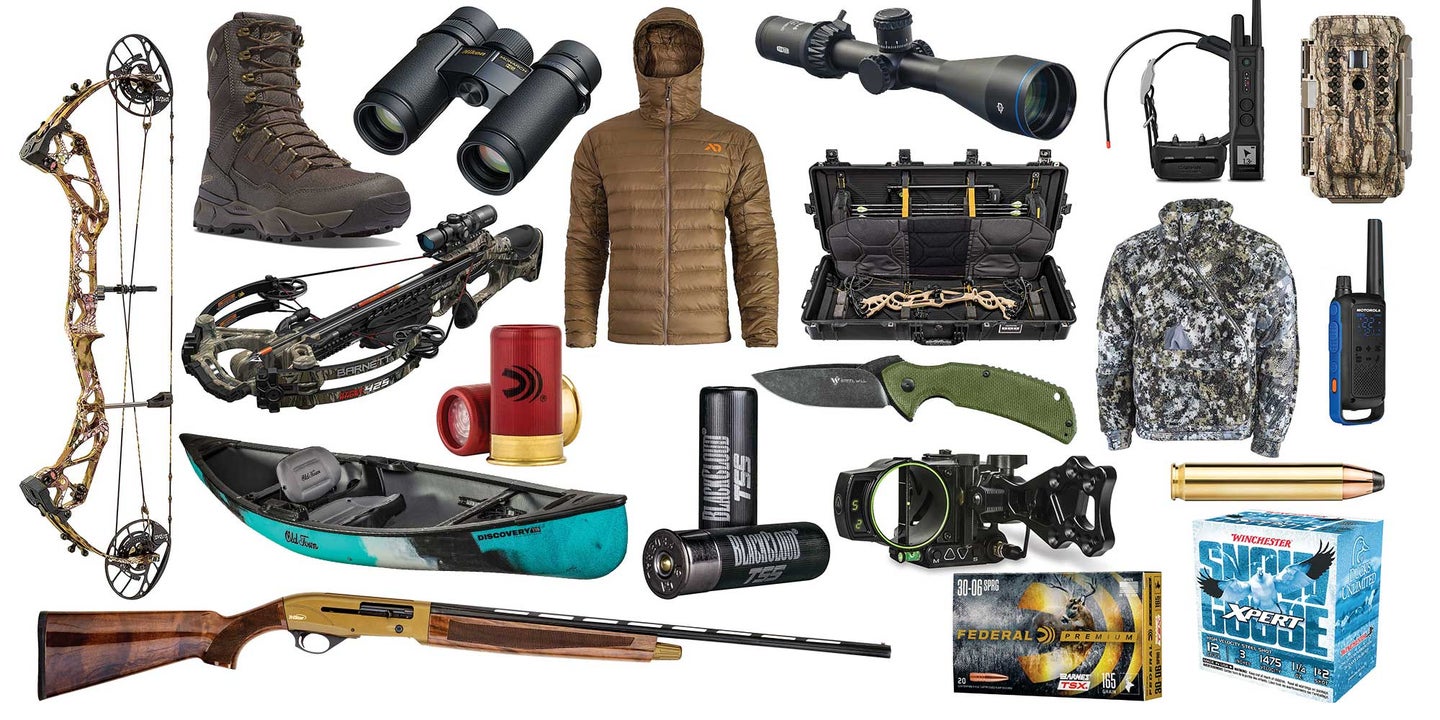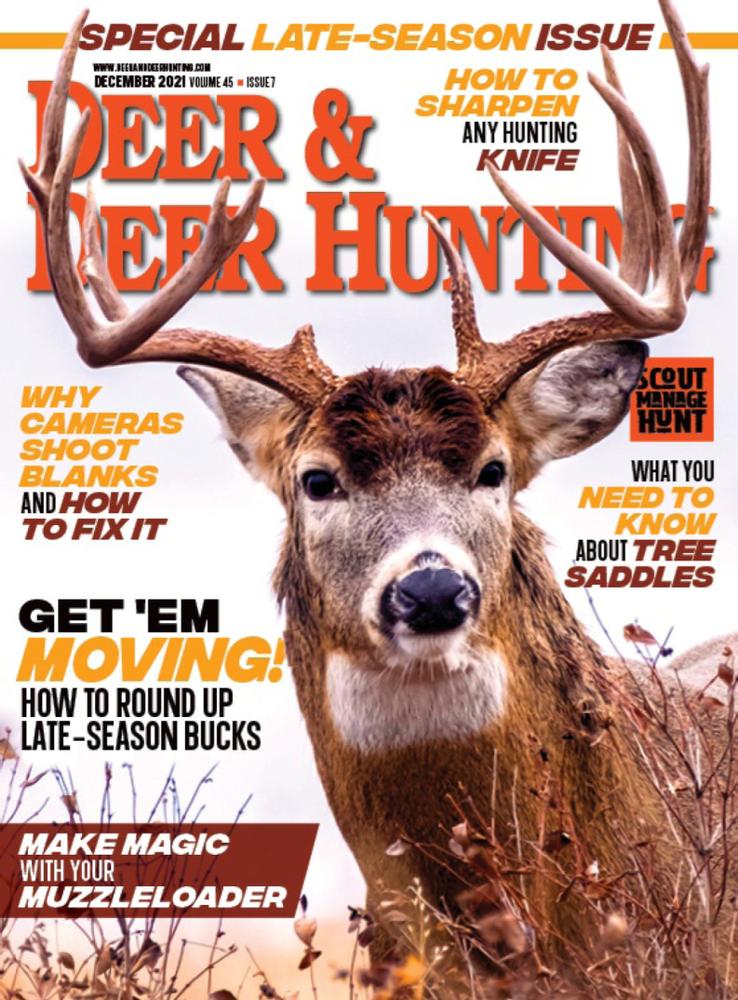
The deer camouflage technique is an option if you're looking for a new hunting strategy. There are many camouflage options, including Optifade and Blue light patterns. But how do we choose the best? Read on to discover the most effective ones. A new technique can make your hunt more productive.
Optifade camouflage
The Optifade deer camouferm fools deer eyes which are less sensitive than humans. Its color pattern emphasizes the use of gray, blue, white, and black. Deer cannot see it. The pattern mimics forest settings by blending into the foliage and blending into spatial relationships. This camouflage pattern fools the deer into believing it is a treestand.

Mimicry camouflage
If you are hunting deer, mimicry camouflage will be your best option. It is important to hide your eyes well because deer have poor eyesight. A great option if hunting is in areas that don't see much seasonal change is mimicry camouflage. You can also wear a brightly colored vest that doesn't clash with grayish deer.
Breakup patterns
You have come to the right place if you are looking for deer camouflage that is both universal and effective. Breakup patterns are used to break up silhouettes of deer, fawn, or other game. They make the hunter seem like he is part of the background. Mossy Oak's Breakup Country is a mix of gray tones, fir and pine patterns. It works well in all parts of the Rocky Mountains, including Colorado. It also works in northern California.
Blue light
It is well-known that deer have the ability to see color, but not like humans. They are capable of picking out both short and middle wavelengths. However, they can't pick out long wavelengths. Brian Murphy, the CEO of Quality Deer Management Association participated in research at the University of Georgia that showed that blue light has an octave lower than red. In addition, deer have a large pupil, so blue light is more easily detected.
A 270-degree field for vision
First, identify the strengths and weaknesses that deer have in order to determine which camouflage techniques are best for them. Deer are remarkably sensitive to blue light and have a 270-degree field of vision. Guy Cramer was a designer and maker of military camouflage. The researchers used these strengths to create camouflage patterns, which exploited the deer's weaknesses and visual strengths.

Deer color sensitivity
The complex issue of color sensitivity in deer is complicated. There are many theories. Deer, however, do not have color blindness. Cones and rods make up the retina, which is the back part of the eye. These cones are responsible to daytime vision. Deer, however, have fewer rods than humans. Night vision is superior to humans, so deer are better at night. While the deer may not be able to differentiate between green and red, they can easily distinguish these colors from light gray and dark brown.
FAQ
What is America's popularity of hunting?
Hunting is a popular American pastime. Americans spend over $8 billion each year on hunting equipment and supplies. The average hunter spends around $1,000 per year.
Hunting is a great sport that many people enjoy. Nearly 50 million hunters are estimated to live in the United States. This includes both women and men.
Hunters can come from all walks. They can be young or old. Some hunters have been doing it for years while others just started recently.
A hunter's most important reason is to enjoy being outside. Hunting allows hunters to experience the joy of connecting with nature.
Hunting can be a great social activity. Hunters often go hunting together as a group. Sometimes, these groups include family members and friends as well as co-workers.
Hunting has become a popular sport for hunters. Hunting has become a competitive sport. Hunters compete against each other to see which species they can hunt.
There are also competitions between states where hunters try to beat the previous record for the biggest deer kill. These records are often set by professional hunters.
What is the most critical part of hunting wildlife?
How do you get there? The first step is to learn how to shoot accurately. Next, we need to learn how to hit the target. And finally, we must learn how to make adjustments when we miss.
It is essential to know the basics of hunting. You will never be able to improve if your knowledge is not up-to-date. While you may think that you've improved by taking better shots, the fact is that you won't be able to use those shots as a guide. This is also true for hitting targets. If you don't understand why you're missing, you'll never improve. This means that you must know what you are aiming for.
This is where knowledge plays a major role. Your ability to hunt depends on your understanding of the animal you're trying to kill. When you're out in nature, you want to know everything you can about the animals you see. You should be familiar with their behavior, habits, and personalities. You can plan your hunts to make them run smoothly.
Learning from past success stories is a great way to improve your skills. You can find many books on the topic. In addition, there are websites like www.thehuntingzone.com that offer great tips and advice. People with many years of experience are another benefit. They will be able to help you understand what works and not.
Once you are confident in your knowledge, you can start to practice. Practice makes perfect. But you should not practice until you feel great. Instead, you should practice until you become confident. Confidence makes it possible to relax and enjoy your work. Relaxation helps you concentrate on the task at hand. Concentration is key to maximizing every opportunity. You can only be relaxed and focused when there are opportunities.
You're now ready to test your new skills. You don't have to fail. You can keep improving and practicing. You will eventually achieve success.
Is hunting dangerous?
Yes, but it is possible to be injured during hunting.
There are many ways you can injure oneself.
Poor shooting techniques can be one of the reasons. You might shoot from the wrong angle, or miss the right part of an animal.
An attack by another animal is also a risk.
Every year, there are many hunting accidents. Many people are killed or seriously injured by their guns.
Hunters should not load their guns before they reach their destination.
When they are out in the woods, they should make sure that their guns don't get loaded.
Always keep an open mind. Pay attention to where you are going and listen out for any sounds.
Do not approach any animals unless you are prepared to defend yourself.
Never chase after prey. Instead, wait patiently for them to come to you.
Never take shortcuts. They could cause injury or death.
Be cautious around cliffs and other locations where it is difficult to see below.
Avoid streams and rivers. These areas could flood without warning.
It is best to not drink alcohol while hunting. Alcohol affects your judgment and slows down reaction time.
Keep all safety equipment close at hand. Always carry a first-aid kit and flashlight.
It is vital to learn how to deal with an emergency. You don't need to know how to do CPR or first aid. Find someone who does.
What kinds of guns are allowed to be used?
You can hunt with many different types and styles of weaponry.
Hunters often use rifles shotguns handguns and muzzleloading firearms.
Rifles are designed to fire bullets from long distances. Shotguns are often loaded with pellets. Handguns are made to fire bullets through your hand. Muzzle-loading firearms work in the same manner as modern-day pistols.
Crossbows are used to shoot arrows. Bowhunters are also known for their archery weapons.
It takes special training to hunt with a bow crossbow. You must first learn how to properly aim and shoot the weapon.
Why are so many hunters hunting in America?
Hunting is an activity enjoyed by both men and women. Hunting is a challenging sport that requires skill, dedication, and perseverance. Hunting isn't just for shooters and gun enthusiasts. Nature is what draws many people to the outdoors. They love being alone in the woods, watching wildlife, and learning about our natural environment.
Hunting can be a great way for friends and family to bond and learn valuable skills like patience and teamwork.
Hunters often find themselves enjoying the outdoors more after they have hunted. This is why so many people decide to get involved in hunting.
Hunting is something that many people love because they feel it will bring them closer to the natural world. Hunting offers a rare opportunity to see wildlife close up. It allows you interact with wild animal without disturbing their natural habitat.
Hunting gives hunters the chance to improve their skills and practice their aim. You may not be able to hit the target immediately after you begin. But with practice, you will eventually develop your style of shooting.
Hunting can also be a way for people to keep fit and healthy. Hunting is one of the best ways to keep yourself physically active. Hunting requires you to travel long distances and climb trees in order to catch your prey. This will increase your heart rate and help you burn lots of calories.
Hunting is also a great way to get some fresh air. Relaxation can be achieved by the smell of gunpowder or the sound of birds chirping.
Hunting is a great way to bond with your loved ones. Hunting can be a great way for family members to share their hunt experiences. They can also learn each other new skills.
Hunting is fun! There's nothing better then getting out of town and heading into the wilderness.
There are many options available if you're interested to be a hunter. This hobby is not for the wealthy. It doesn't require any special equipment. All you need is a desire to spend time outdoors and a willingness to learn new things.
You can join a local club or go online to search for information about hunting.
Statistics
- Licenses dropped from a peak of roughly 17 million in the 1980s to 15 million in 2019, according to The Seattle Times. (stacker.com)
- Less than 1% of Hawaii's population has a hunting license. (stacker.com)
- Thanks to the 1937 Pittman-Robertson Act, an 11% excise tax was placed on the sale of firearms, which were then used for conservation. (stacker.com)
- - Percent of residents with paid hunting licenses: 0.7%- (stacker.com)
External Links
How To
How to choose the most desirable hunting spots in the forest
It is important to identify the type of game that you are hunting before searching for suitable places to hunt. You will not find the right place to catch your desired animal if there are many species of birds and animals that live in forests.
The forest is home to two types of animals: small mammals and large mammals. Deer, elks, mooses, caribous, bears, wild boars, and wolves are all examples of large mammals. Small animals include rabbits. Each species requires its own specific habitat, so you must choose the right location before going out into the woods. Check the online flora/fauna listing for your area to find endangered species near you. You should ensure that you are not poaching in the area where you intend to hunt a particular species.
It is important to understand how to set up equipment for hunting a particular species. The success rate of hunting a particular species will be affected if you don't use the right equipment. You will need a gun that can accurately shoot at close range if you are hunting a rabbit. But a rifle that can easily shoot far distances is necessary if you are hunting a larger animal like a deer. To attract prey, you will need some kind of bait. Some prefer to place meat inside a trap, while others prefer peanut butter or corn. Whatever method you use to hunt, ensure you comply with all laws in your country.
Consider the following factors when selecting a hunting spot: weather conditions, terrain and vegetation, wildlife population, accessibility, etc. When selecting a place to hunt, always remember that the most important factor is safety. You should ensure that there are no predators or dangerous animals in the area you choose. You should avoid areas with high populations, especially during hunting season. It is important to note the seasons when hunting, as this will help you decide the best time to hunt.
Weather is an important factor when hunting. It is important because it can affect the number or animals that will be there. Winter is when temperatures drop below zero degrees Celsius and snow covers the ground. Coyotes, bears and wolves are more likely to hide beneath the snow, making it hard to track them down. If you are lucky enough to have clear skies, you may be capable of seeing these animals. In summer, temperatures can reach 30 degrees Celsius and the sun heats the earth. The heat causes animals to flee from the heat in order to find shelter.
The terrain should be considered as well. It is easier to walk or run on a flat surface, but it can be difficult to do so on uneven surfaces. Steep slopes make it more difficult to climb. Additionally, streams and rivers often leave muddy tracks. It is important to choose a spot that has no obstacles so you can move around the area.
Look at the vegetation, as well. Plants can vary in size and density depending on their environment. Smaller animals will benefit from shade and shelter provided by large trees, while smaller animals will be sheltered and protected by shrubs and bushes. For large animals, dense vegetation is the best.
The amount of wildlife should be taken into consideration. Statistics show that there are over 100 million deer in North America. They eat almost half of the food produced by crops, and they play an essential role in maintaining biodiversity. If the population grows, it could cause problems for the ecosystem and make them pests. It is therefore important to keep the population in balance.